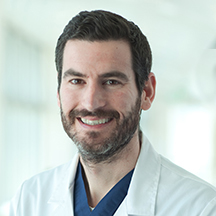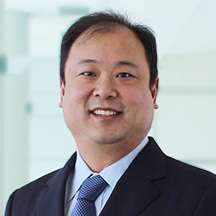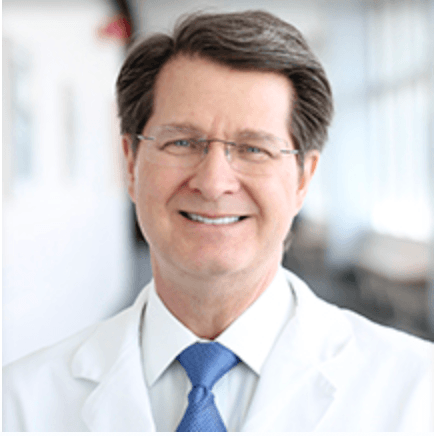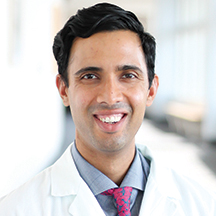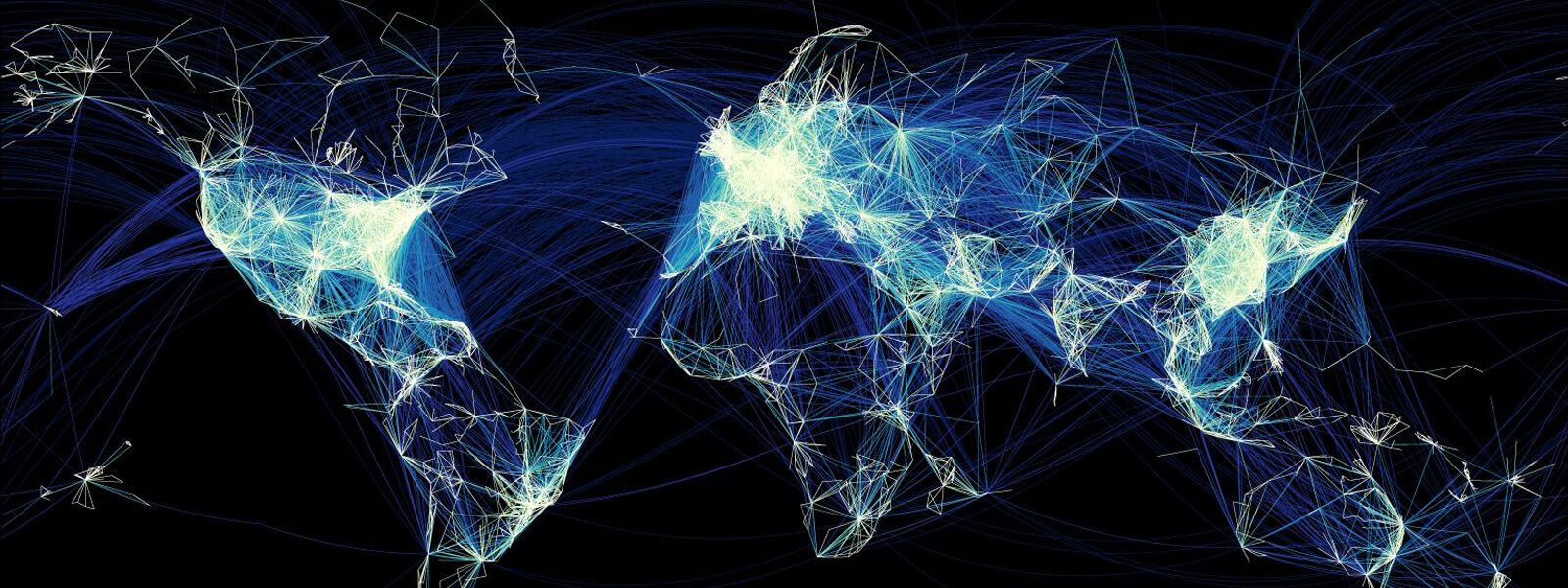
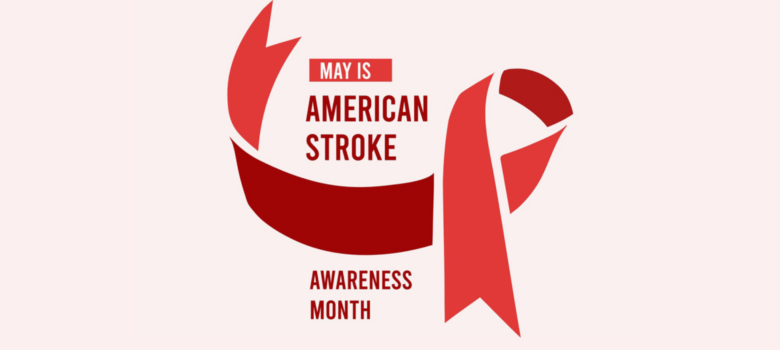
May Is National Stroke Awareness Month
by Jason Tarpley
May is National Stroke Awareness Month. Learn how to identify stroke signs, symptoms, and risk factors with experts from Pacific Neuroscience Institute’s Stroke and Neurovascular Center.

Stroke is a medical emergency
Stroke is a 911 emergency. At Pacific Neuroscience Institute (PNI), stroke is treated by neurosurgeons and specialist surgeons called neurointerventional radiologists who help support the comprehensive stroke centers in Santa Monica, Torrance, Burbank, and Mission Hills to provide emergency stroke treatments, specifically minimally invasive procedures to patients with acute stroke caused by large vessel occlusion, ruptured brain aneurysms, and other neurovascular conditions.
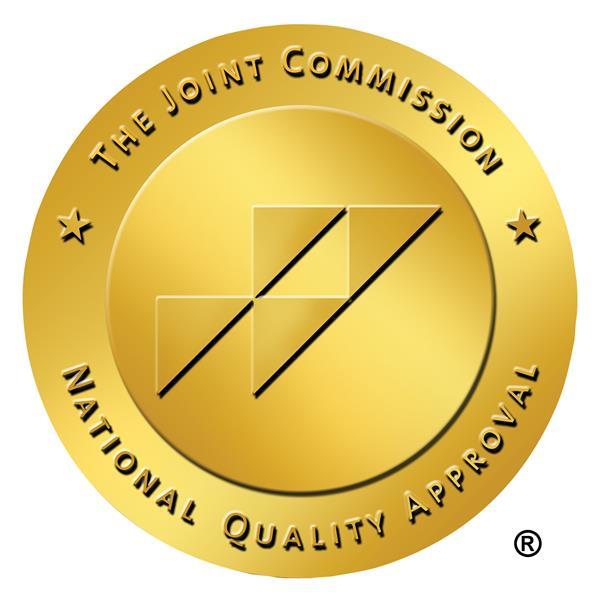
PNI works closely with a wide range of clinical teams and hospital leadership to ensure the highest level of stroke care. In our outpatient offices, we offer expert care and follow-up for patients who have vascular risk factors for stroke, such as carotid stenosis and cerebrovascular disease, brain aneurysms, AVMs, and other conditions to help reduce the risk of severe stroke.
PNI holds the Get With The Guidelines® Stroke Silver Plus Quality Achievement Award and Target Stroke Elite Plus Honor Roll. This award recognizes our commitment and success in implementing a high standard of stroke care by ensuring that our stroke patients receive treatment that meets nationally accepted, evidence-based standards and recommendations.
Providence Saint John’s Health Center and Providence Saint Joseph Medical Center are both Advanced Primary Stroke Centers designated by The Joint Commission and nationally recognized by the American Heart Association for their commitment and success in the rapid diagnosis and treatment of stroke patients. This external certification emphasizes timely diagnosis, treatment, and prevention of future strokes and identifies excellence in stroke care.
To learn more about stroke, including prevention and treatment, register for this month’s “Doc Talk” from 2-3 p.m., May 25 at the Burbank YMCA. Providence Saint Joseph Medical Center has teamed up with the Burbank YMCA to offer free, monthly informational sessions to the community on a different topic each month. Refreshments are provided. To reserve your spot, contact Bonnie Marshall at 818-845-8551 x248 or via email at bmarshall@burbankymca.org.
What is the treatment for stroke?
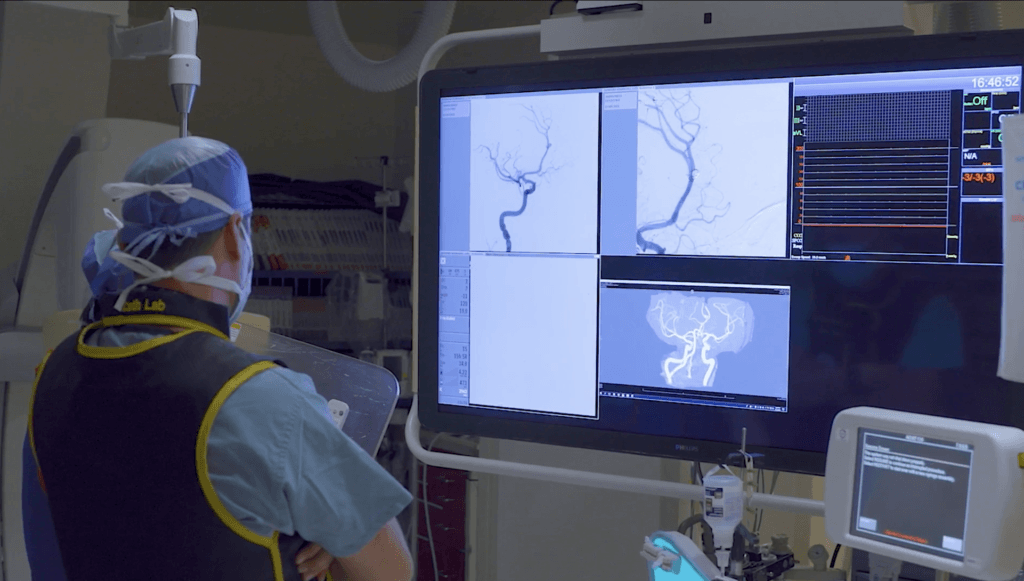
There have been many advances in stroke treatment and stroke systems of care that aim to minimize disability after stroke. For ischemic strokes, caused by blockages or blood clots that interrupt blood flow to important structures of the brain, rescue therapies such as clot-busting medications and minimally invasive procedures, such as thrombectomy to restore blood flow can be offered at certified stroke center hospitals.
Strokes caused by bleeding in the brain also require urgent evaluation and can be managed by specialists at comprehensive stroke centers.
Why is it important to call 911 for a stroke?
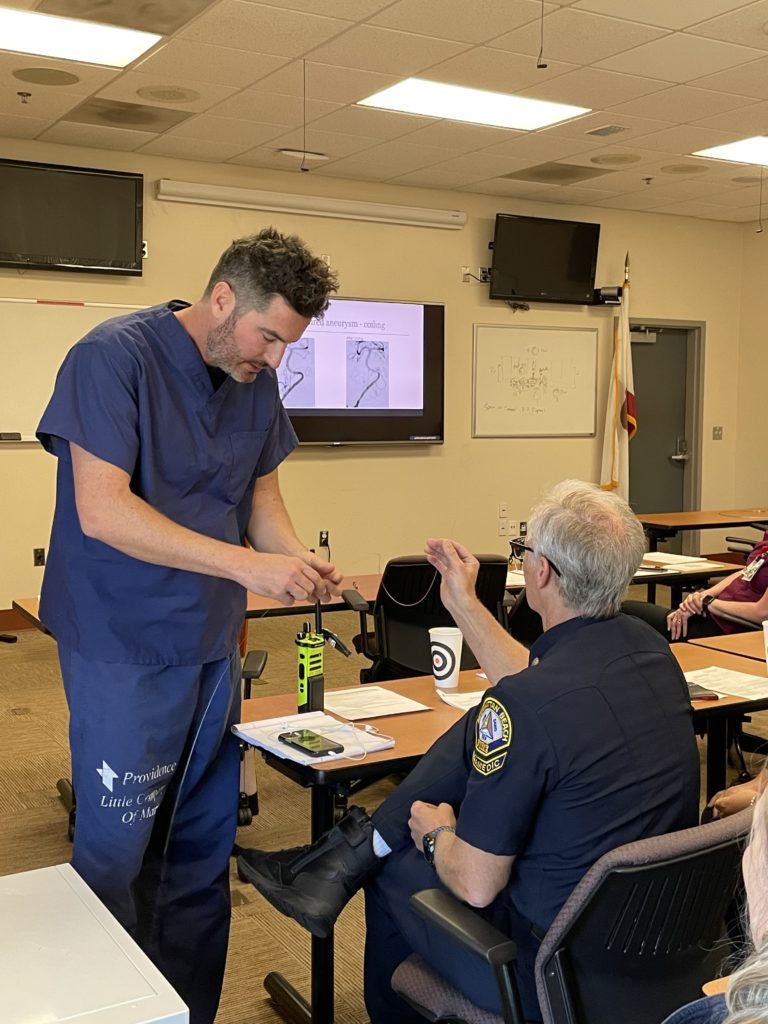
In addition to facilitating rapid transport to the hospital, paramedics receive specialized training with PNI experts to recognize a stroke and to select appropriate stroke center hospitals for patients experiencing new neurological symptoms.
If Emergency Medical Services (EMS) suspect you are having a stroke, you will be transported to a certified stroke center. If they suspect a major stroke, they may determine that a comprehensive stroke center is needed, even if it means passing centers that are closer in distance.
What are the main risk factors for stroke?
In some cases, silent and undiagnosed heart conditions, blood disorders, and vascular abnormalities can lead to stroke. In these instances, recognizing the signs and symptoms of stroke can save a life. The following conditions significantly increase your risk of stroke:
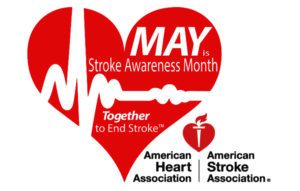
- High blood pressure
- Diabetes
- High cholesterol
- Carotid stenosis
- Atrial fibrillation
- Smoking
What are the warning signs of stroke?
Stroke is a preventable disease and studies indicate that 80% of strokes can be prevented. Identifying the risk factors that contribute to stroke can help reduce the likelihood of having a stroke.
Many individuals who develop new signs and symptoms of stroke cannot seek help on their own, which places them at risk for delays in evaluation and treatment. Many times it takes a family member, friend, or witness to call for help. In fact, when we looked at some of the stroke patients who qualified for rapid treatments in our stroke center, family members and bystanders usually called 911. Even if you are not at high risk for stroke, being able to recognize stroke can be valuable if a loved one you know were to exhibit any new symptoms that warrant immediate medical attention.
Symptoms of stroke that impair consciousness include:
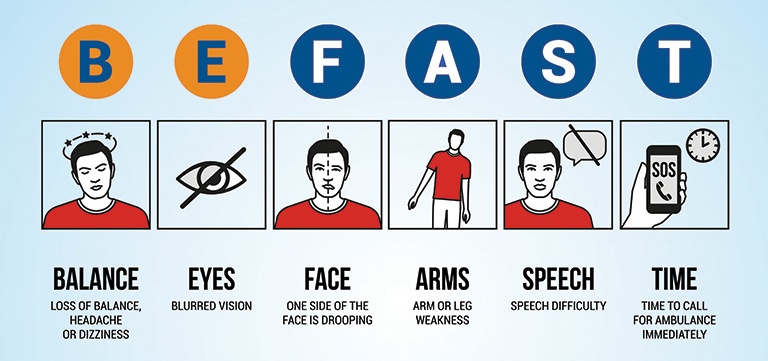
- Loss of speech
- Loss of communication
- Loss of movement
- Loss of vision
- Loss of consciousness preceded by severe headache
The American Heart Association‘s acronym BE FAST is also a useful way of identifying the signs and symptoms of a stroke. Any of the following symptoms should prompt immediate evaluation for a possible stroke:
- B – BALANCE: Loss of balance, headache or dizziness
- E – EYES: Blurred vision
- F – FACE: One side of the face is drooping
- A – ARMS: arm or leg weakness
- S – SPEECH: Speech difficulty
- T – TIME: Time to call for an ambulance immediately
Is stroke preventable?
A healthy lifestyle can significantly reduce your risk of stroke. Incorporating changes in lifestyle have been shown to substantially reduce the risk of stroke:
- Quit smoking
- Eat a healthy diet that is low in salt
- Lose weight and maintain it if necessary
- Exercise regularly
- Limit alcohol intake
- See your doctor regularly
Learn more about Pacific Stroke & Neurovascular Center. Our specialists offer experience and personalized treatment to all our patients. Our multidisciplinary experts are leaders in their field and contribute to the advancement of knowledge and understanding of neurovascular disease.
For more information, please contact us at stroke.center@providence.org or call 310-582-7640.
Our Stroke Team
Contact Us
The Pacific Stroke and Neurovascular Center’s state-of-the-art facilities are located at:
Providence Saint John’s Health Center
2125 Arizona Ave., Santa Monica, CA 90404
310-829-8319
Providence Little Company of Mary Medical Center Torrance
4201 Torrance Blvd., Suite 520, Torrance, CA 90503
424-212-5340
Providence Saint Joseph Medical Center
501 S. Buena Vista Ave., Burbank, CA 90505
818-847-6049
Providence Holy Cross Medical Center
15031 Rinaldi St, Mission Hills, CA 91345
818-847-6570
Useful Links:
About the Author
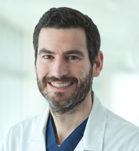
Jason Tarpley
Jason W. Tarpley, MD, PhD, is a board-certified neurologist with fellowship training in vascular neurology. He is director of the Pacific Stroke & Aneurysm Center and specializes in ischemic and hemorrhagic stroke, cerebral aneurysms, and carotid artery stenosis.
Last updated: May 10th, 2023
